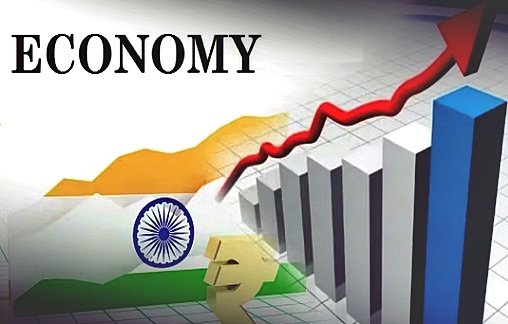Last Updated on October 21, 2025 9:41 pm by BIZNAMA NEWS
By R. Suryamurthy
India’s retail sector lit up this Diwali with record-breaking sales of ₹6.05 lakh crore, underscoring both the country’s post-reform economic momentum and a surge in preference for Indian-made goods, according to a nationwide survey by the Confederation of All India Traders (CAIT).
The “Research Report on Diwali Festival Sales 2025,” compiled by CAIT’s research arm across 60 major trade hubs, found that retail sales of goods totalled ₹5.40 lakh crore, while services added another ₹65,000 crore — marking the highest-ever festive trade in India’s history.
CAIT Secretary General and Chandni Chowk MP Praveen Khandelwal said the data reflected a “Vocal for Local” resurgence, inspired by Prime Minister Narendra Modi’s call for Swadeshi and aided by the government’s recent “Next-Gen GST Reforms.”
“Prime Minister Modi has become a strong brand ambassador for GST rationalisation and Swadeshi adoption,” Khandelwal said. “Eighty-seven percent of consumers chose Indian-made goods this Diwali, resulting in a sharp drop in demand for Chinese products and a 25% rise in domestic manufacturing sales.”
The total sales represent a 25% increase over last year’s ₹4.25 lakh crore. Traditional retail and small traders accounted for nearly 85% of total business, marking a significant comeback for India’s physical marketplaces after years of digital dominance.
Sectoral Sales and Service Boom
CAIT President B.C. Bhartia said grocery and FMCG led festive sales with a 12% share, followed by gold and jewellery (10%), electronics and electricals (8%), consumer durables (7%), garments (7%), gifts (7%), and home décor and furnishings (10% combined). Other categories — including sweets, textiles, footwear, and dry fruits — contributed to the remaining trade.
He added that services such as packaging, hospitality, logistics, cab operations, travel, and event management generated ₹65,000 crore, reflecting the ripple effect of the festival economy.
GST Reforms Drive Spending Surge
According to the CAIT survey, 72% of traders attributed higher sales directly to reduced GST rates on daily-use products and consumer goods under the Next-Gen GST reforms implemented in September. The reforms, which simplified tax slabs and compliance norms, have led to more stable pricing and improved consumer sentiment.
“Trader confidence has reached a decade high,” Khandelwal said. “The Trader Confidence Index stood at 8.6, while the Consumer Confidence Index was 8.4, reflecting strong optimism driven by stable inflation, higher disposable income, and belief in the Indian economy.”
The report estimates that Diwali trade generated around 50 lakh temporary jobs, especially in logistics, packaging, and retail, with rural and semi-urban markets contributing 28% of the total trade — signalling broad-based growth beyond metros.
Government Hails GST-Led Festive Boom
At a press conference titled GST Bachat Utsav on Saturday, Union Finance Minister Nirmala Sitharaman said the festive consumption surge validated the Modi government’s GST reforms.
“Next-Gen GST Reforms were rolled out before Diwali, reducing slabs from four to two, simplifying processes, and resolving classification issues,” Sitharaman said. “Close monitoring of 54 essential items shows that the benefits of lower GST rates are reaching consumers directly.”
Commerce and Industry Minister Piyush Goyal called the reforms a “double dhamaka” for households — combining affordability with prosperity. “The multiplier effects are visible in rising investment, booming retail activity, and consumer confidence,” he said, noting record auto and household goods sales during Navratri and Diwali.
Railways and IT Minister Ashwini Vaishnaw said GST reforms have bolstered India’s electronics manufacturing sector, which recorded 20–25% higher sales this festive season. “We are seeing record demand across product categories — from smartphones to televisions — and over 25 lakh new jobs have been created as consumption drives investment,” he said.
Vaishnaw also announced that two semiconductor fabrication plants — CG Semi and Kaynes — have begun production, marking a milestone in India’s journey towards self-reliance in advanced technology.
Consumption, Confidence, and Continuity
The CAIT report projects that the festive momentum will sustain through the upcoming wedding season and into the next festive cycle in early 2026.
It recommends further simplification of GST compliance, greater credit access for small traders, development of logistics hubs in smaller cities, promotion of low-MDR digital payments, and continued “Swadeshi” promotion through joint trade–government campaigns.
“This Diwali has been historic — a celebration of prosperity, nationalism, and economic confidence,” CAIT’s research arm said. “Under Prime Minister Modi’s leadership, India’s retail sector stands as the backbone of Aatmanirbhar Bharat — blending tradition, technology, and trust.”



